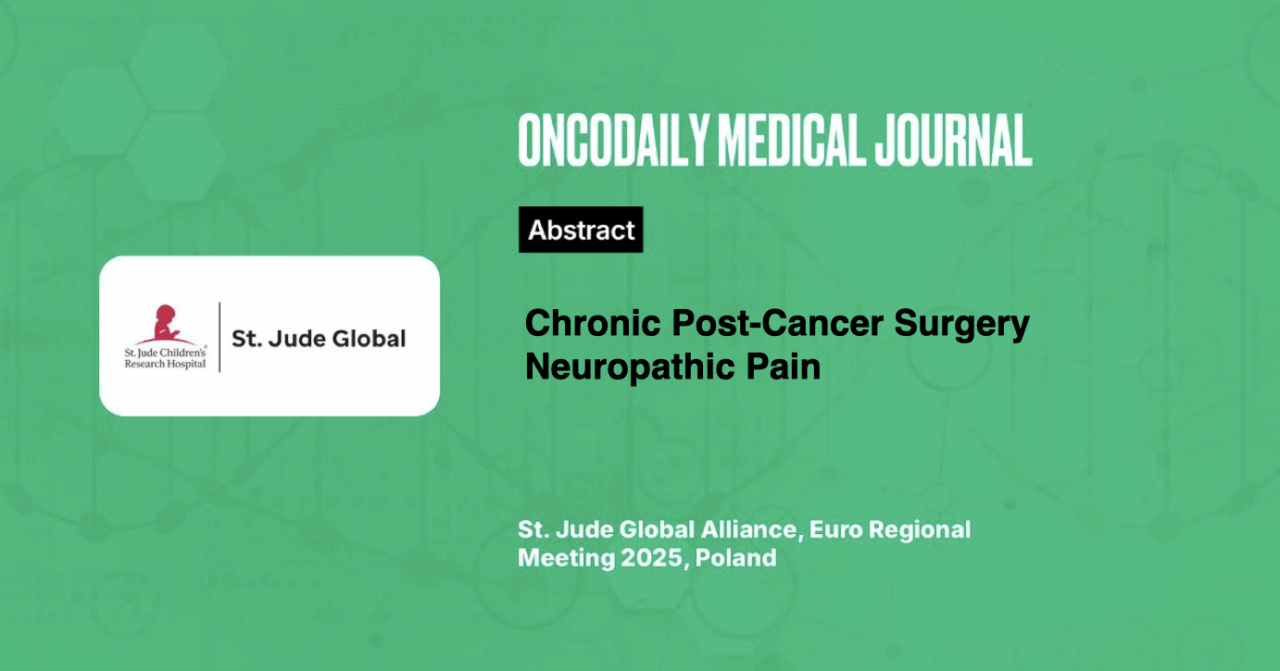Chronic Post-Cancer Surgery Neuropathic Pain
Abstract
Introduction: The patient presents with persistent postoperative pain following oncologic surgery, which involved tumor resection in the right iliac bone and iliopsoas muscle, followed by iliac bone and acetabulum reconstruction. Before surgery, the patient already suffered from chronic neuropathic pain due to tumor compression of local nerves.
Methodology: Postoperatively, the patient experienced severe and prolonged pain, localized in the right groin and femoral region, radiating from the iliac crest to the knee. The pain was polymorphic, with paroxysmal exacerbations, described as burning, electric shocks, compression, and sharp stabbing sensations, affecting dermatomes L1-L4 and associated with paresthesia, allodynia, and severe hyperalgesia. Pain intensity was rated 10/10 during movement and 8/10 at rest, significantly affecting sleep and psychological well-being.
Initial treatment with paracetamol, NSAIDs, and opioids was ineffective, necessitating a multimodal pain management approach. Pharmacological treatment with Gabapentin provided partial relief. Interventional pain management included the placement of a temporary epidural catheter at L1-L2 for local anesthetics and corticosteroids, facilitating physiotherapy but limited by infection risk.
Subsequently, a long-term epidural port-a-cath was implanted, reducing infection risk and providing more consistent pain control. Additionally, the patient underwent intensive physiotherapy to restore leg function and received psychological support through counseling and family involvement to enhance emotional well-being.
Results: The multimodal approach led to gradual pain relief, with reduced intensity and frequency of paroxysmal pain episodes. The long-term epidural port-a-cath provided sustained pain control, allowing the patient to engage in physiotherapy more effectively. Psychological support improved coping strategies, reducing emotional distress and sleep disturbances.
Conclusion: Cancer-related pain is one of the most debilitating symptoms in oncology patients, caused by nerve compression, the release of pain-inducing substances, and oncologic treatments. It involves both nociceptive and neuropathic components, linked to peripheral and central sensitization mechanisms.
Understanding these pathways is crucial for a multimodal analgesic approach, integrating pharmacological treatment, interventional pain management, rehabilitation, and psychological support. This case highlights the importance of interventional strategies, such as epidural catheter placement, in managing severe, refractory postoperative cancer pain, ultimately improving patient function and quality of life.





